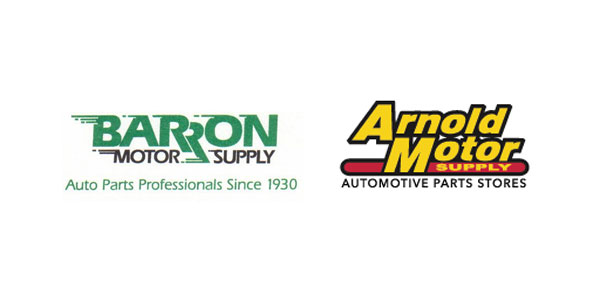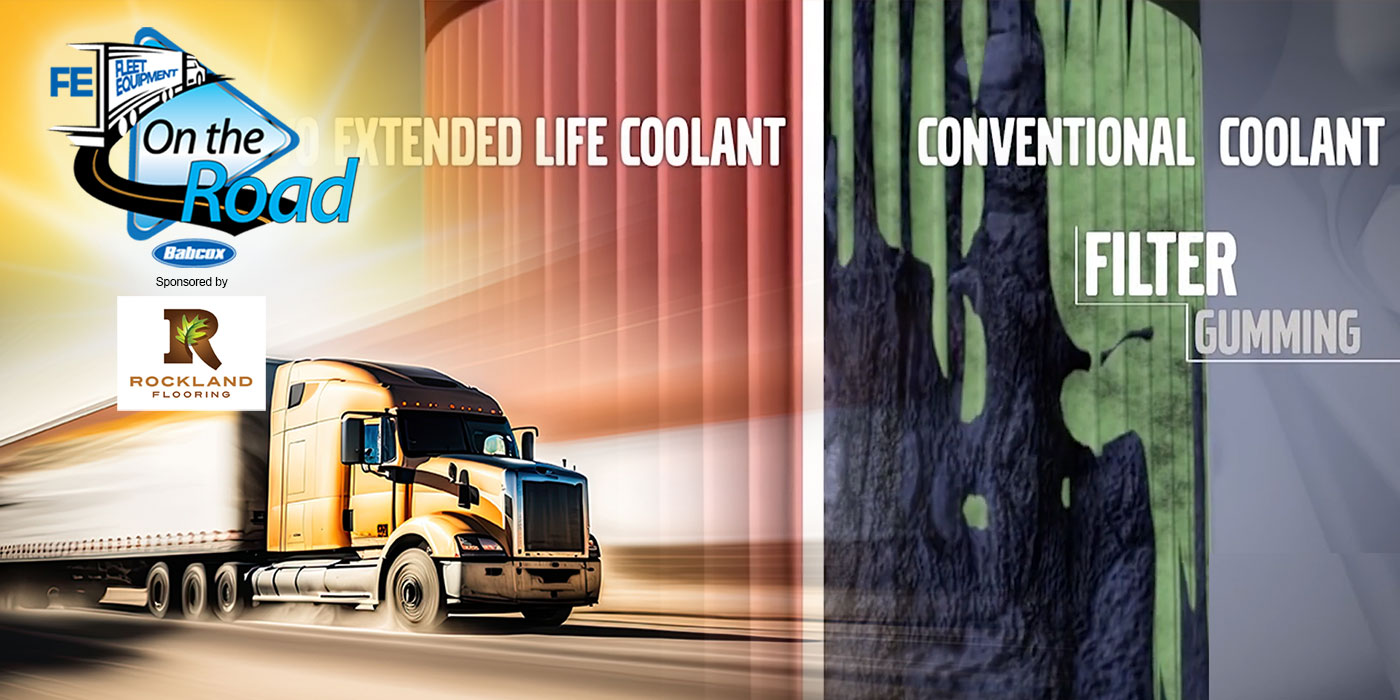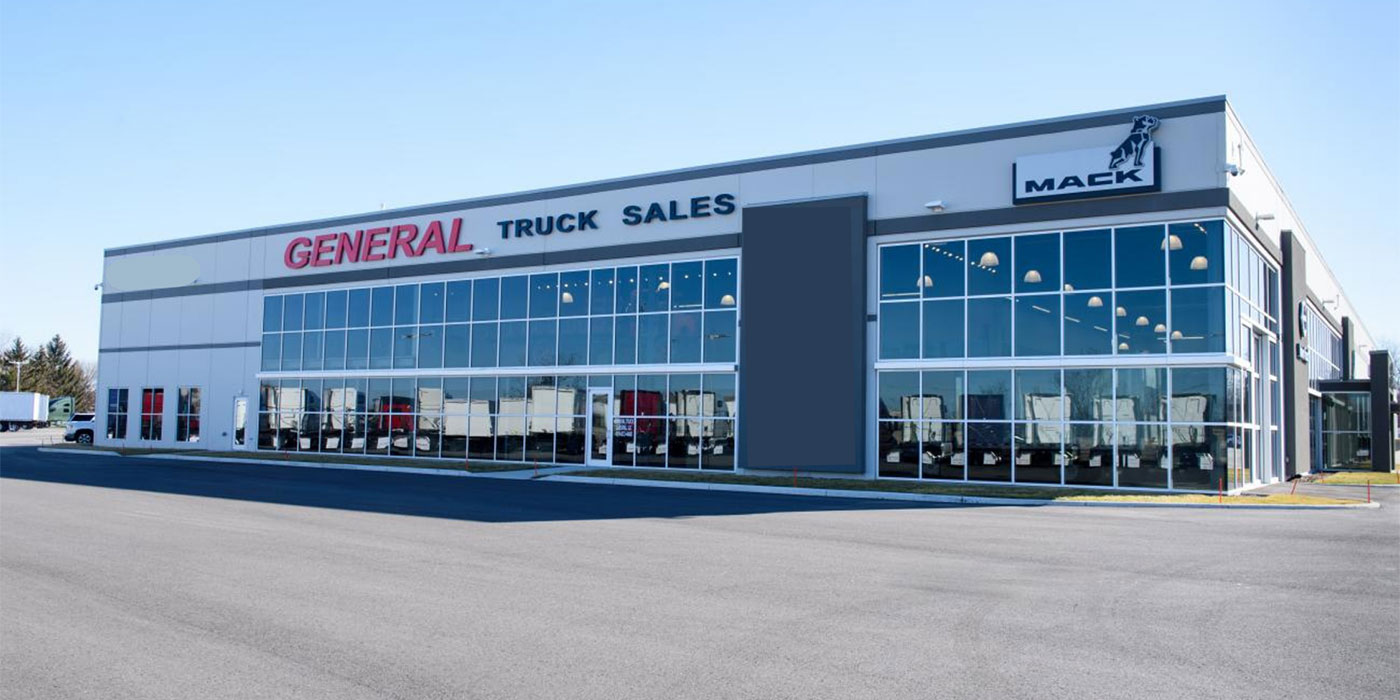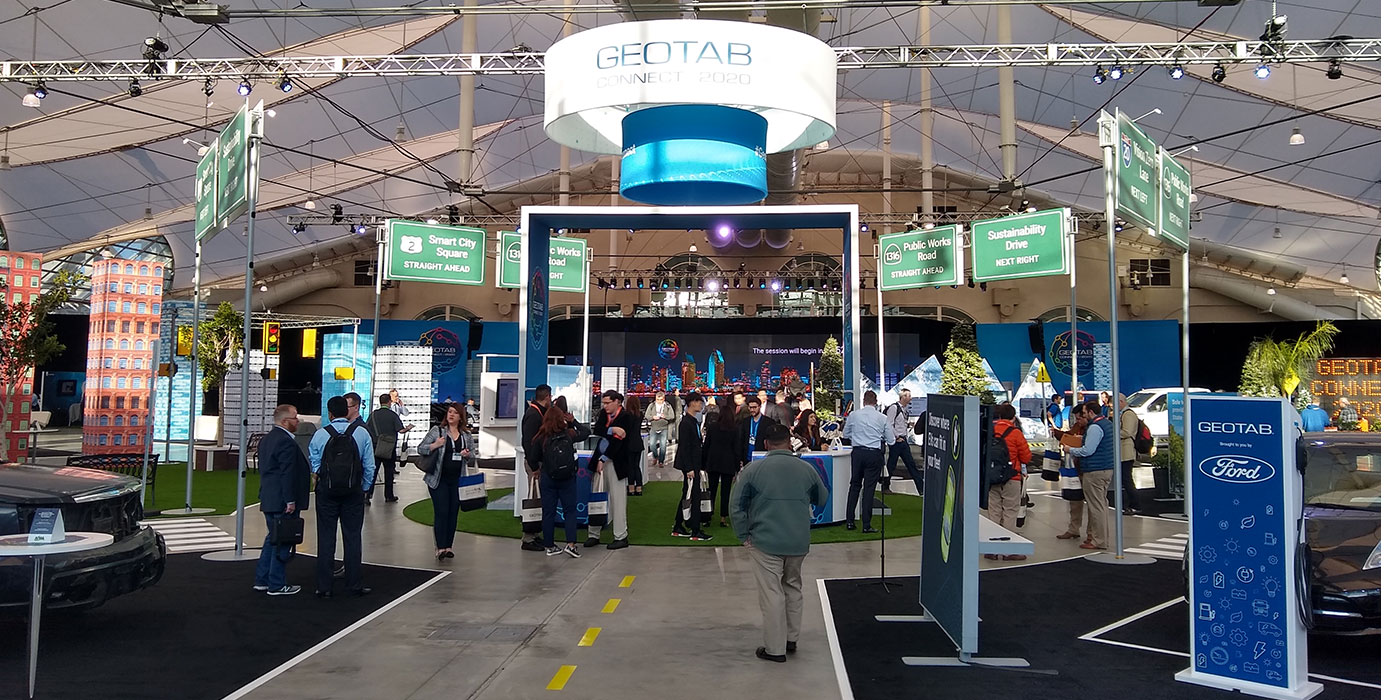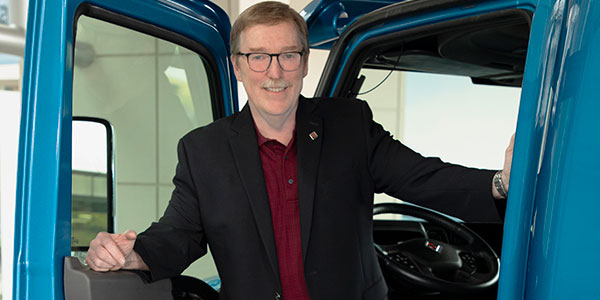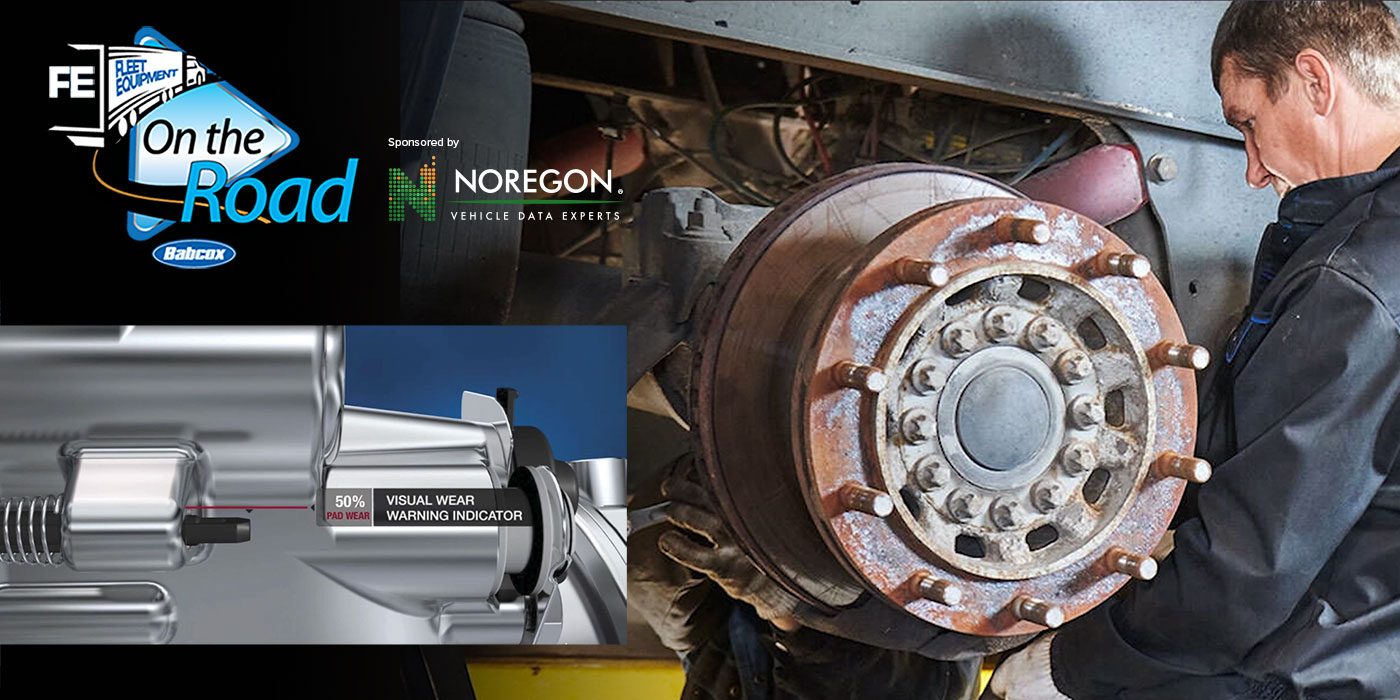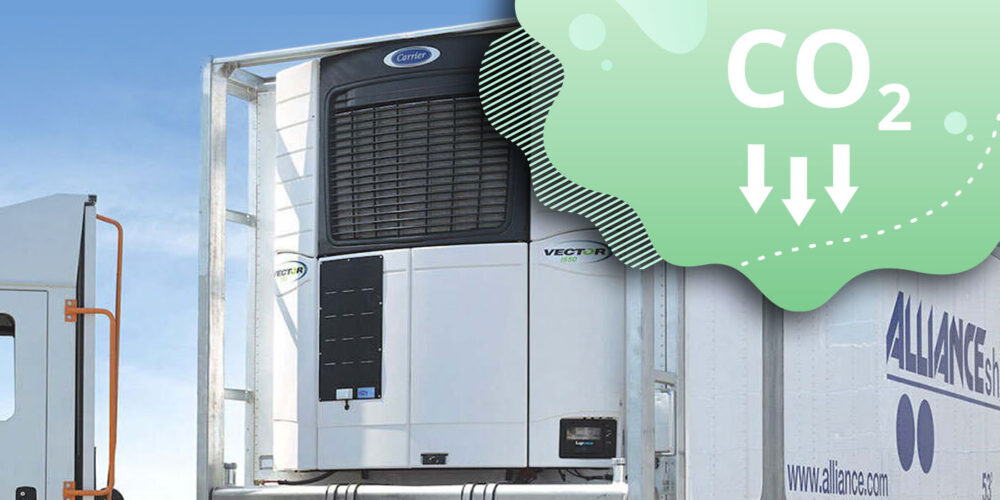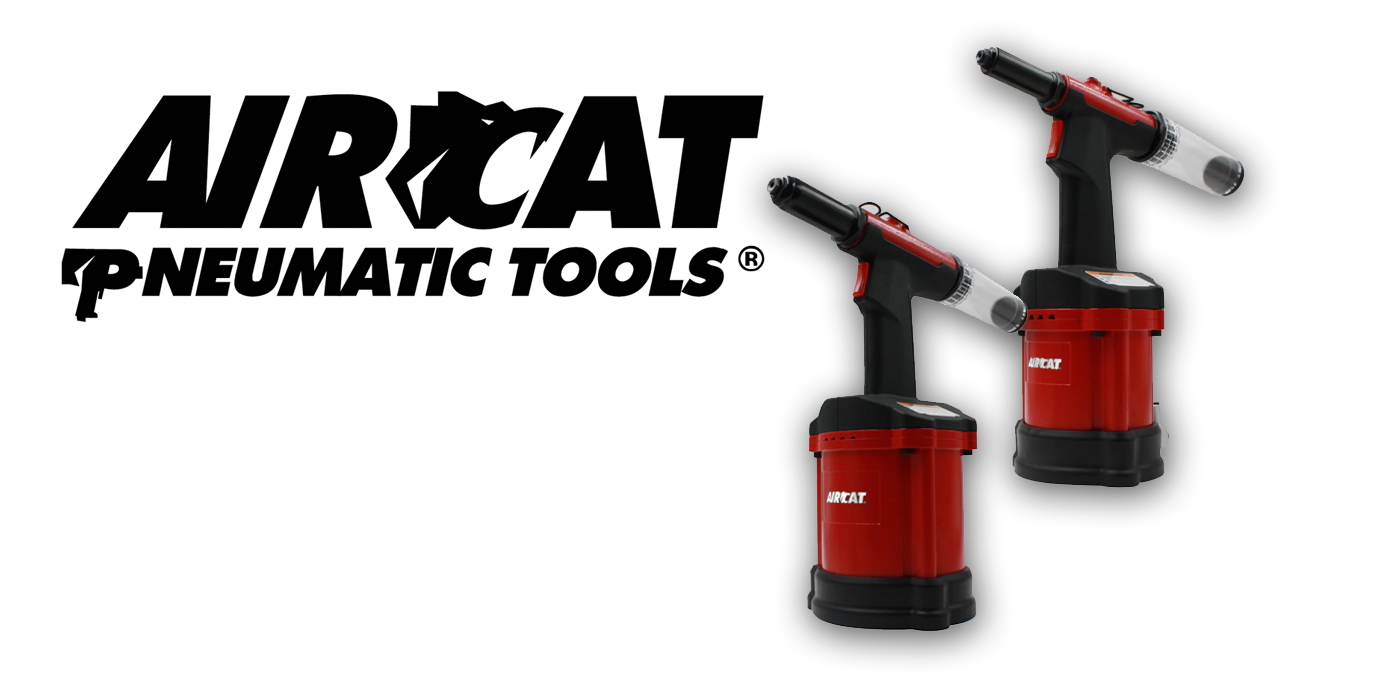Toy trains, toothpaste, technology of all sorts, is subject to being counterfeited. In trucking, the problem is about hardware. And the solution isn’t easy.
Take a look at the nice crisp twenty in your pocket, the one with the blue eagle embossed just to the left of Andrew Jackson. You will notice other distinctive changes from older twenties, changes meant to make counterfeiting easier to detect. But while such countermeasures reduce the incidence of funny money, they do not eradicate it. Losses from counterfeit money are immeasurable both to individuals and to the integrity of the economy. Still, counterfeit money is not life threatening. The same is not true in trucking.
Counterfeit parts can be
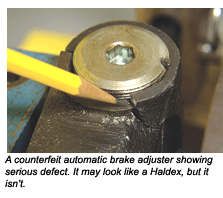 deadly. Be-yond creating financial losses for legitimate manufacturers, the use of counterfeit parts endangers lives and can create a legal morass for trucking companies, parts manufacturers and parts suppliers. The Motor and Equipment Manufacturers’ Association (MEMA) estimates counterfeiting saps $12 billion from the commercial truck industry annually. Beyond this figure lies the less quantifiable, but more significant loss of life and well being when a truck loses a wheel fitted with fraudulent lug nuts or wheel seals and rips through oncoming traffic. Or counterfeit tie downs break away from a coil loaded suicide, crushing the driver in his cab.
deadly. Be-yond creating financial losses for legitimate manufacturers, the use of counterfeit parts endangers lives and can create a legal morass for trucking companies, parts manufacturers and parts suppliers. The Motor and Equipment Manufacturers’ Association (MEMA) estimates counterfeiting saps $12 billion from the commercial truck industry annually. Beyond this figure lies the less quantifiable, but more significant loss of life and well being when a truck loses a wheel fitted with fraudulent lug nuts or wheel seals and rips through oncoming traffic. Or counterfeit tie downs break away from a coil loaded suicide, crushing the driver in his cab.
To counter such losses and to do the right thing, parts manufacturers like Arvin Meritor, Bendix, Haldex, SKF, as well as industry organizations like HDMA, have committed many resources. An Arvin Meritor spokesperson put it this way, “Arvin Meritor’s commercial vehicle aftermarket business commits considerable dollars and time to fight parts counterfeiters, mostly in full concert with MEMA- HDMA’s pro-active stance to stem or stop counterfeit parts.”
The enormity of this problem and the increasing sophistication of counterfeiters means that educating fleets and parts suppliers has become a business necessity for suppliers. Bendix, for example, estimates its annual losses from the effects of counterfeiting at $10 million annually.
Bendix said it is a leader in anti – counterfeiting measures. According to the company, its effort extends further than education of customers, intellectual property protection and patent and trademark protection. Andy Cifranic, brand manager, Bendix Commercial Vehicle Systems, made the primary imperative quite clear, “We intend to continue our fight against knock – off parts,” he said. “Our products were created to efficiently stop 80,000 lb. vehicles. We don’t take that responsibility lightly, nor highway safety in general, lightly.”
According to Cifranic, the vast majority of bogus parts are made outside the United States and distributed to parts suppliers around the country. “Some suppliers know they’re getting counterfeit goods, most do not. Bendix educates its customers to recognize misleading packaging and the illegal, inferior parts inside,” Cifranic said. So, the final seller, the parts supplier, may or may not have been informed about any particular product. More significantly, he may choose to ignore the education he has received. This strongly suggests there are boat loads of counterfeit parts being used on American trucks.
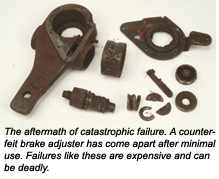
So the final buyer, the fleet, is a big loser. Increased down time, increased labor costs, replacement costs to fix what should not have broken, are some of the extra costs involved in unintentionally buying and using counterfeit parts. There are a number of measures Bendix and other manufacturers suggest to keep illegal, inferior parts off your trucks. First, shop personnel should be educated to buy from only reputable sources. As noted, the increased sophistication of counterfeiters makes awareness of packaging as well as of the part itself important. Packaging can look almost exactly like the real thing. Take advantage of manufacturers’ expertise in demonstrating how to spot illegal packaging and parts.
Leslie Kern at SKF notes that its seals have very high recognition in the industry. “Often,” she says, “a fleet will buy based on recognition of the color and the part number.” And counterfeiters are very good at replicating these details. Parts numbers are not copyrighted and they are used without compunction by imitators. Kern recommends not buying anything outside the SKF box because unscrupulous manufacturers are flooding the global market with poorly engineered and cheaply manufactured seals that have deliberately been made to resemble premium quality SKF Scotseals.
Like Cifranic, Kern notes that distributors know what they are selling. Some will knowingly sell a counterfeit if the customer is buying on price alone and does not ask for the real McCoy. Thus, having and enforcing purchasing guidelines is perhaps a fleet’s best defense against getting inferior and illegal parts. Given that, as Kern remarks,” SKF has never tested a counterfeit part in our labs that has lasted more than a few hours,” this is very good advice.
“Obviously,” says Arvin Meritor’s Pennington, “there’s a reason our aftermarket parts are genuine OE quality. It’s one thing to build a low cost part to make a quick sale. It’s another entirely to make and supply an element of a parts system that has total testing, engineering, quality standards behind it. The customer has to be able to count on us, and they do.”
Cheapo parts should put up a red flag, yes. One caveat here, however: aftermarket parts, sometimes called “will fits,” are often legal substitutes for original parts. The choice be-tween a will fit and a genuine part is often made on price. And while issues of brand infringement or intellectual property may not apply, there remain issues of durability and risk management. Art Dilger, valves product line director at Bendix, remarks, “In some cases, counterfeit parts or clones are legal, but if their sale is deceptive to the buyer or if there are illegal infringements of another component manufacturer’s intellectual property, specifically on trade marks, trade dress (the physical appearance of a product), or patents, then there are problems.”
Other problems
Other kinds of problems occur when parts other than original re-placement parts are bought and used. Rotary Lift, a leading supplier of vehicle lifts to the commercial and automotive market , recommends using only original equipment re-placement parts since many aftermarket parts are reverse engineered to fit while original parts are design-ed specifically for an application. In the lift industry, the new product is third – party certified to comply with ANSI/ALCTV – 1998 standards.
R.W, O’Gorman, president/CEO of the Automotive Lift Institute notes, “Replacing worn, damaged or broken parts only with parts furnished or approved by the original equipment manufacturer is key to a facility’s risk management efforts. Why potentially place safety and performance at risk by installing imitation parts?” It is quite possible that vehicle lift safety certifications may be voided by the use of anything except original equipment parts. While this does not obtain in the transportation industry, the use of anything but genuine replacement parts can cause already lengthy warranty issues to become interminable and even more costly. Bendix’s Dilger agrees. “In the case of heavy-duty valves, the fleet can expect increased leakage, and a system that is generally degraded. So the fleet that perhaps had a lower upfront cost with a cloned part will end up paying more at the end of the day in repairs.”
There is a gray area , however, between will fits and “knock offs,” which Cifranic calls “a softer way to mislead without being illegal.” Knock offs are generally made off shore. Neither material quality nor adherence to new design improvements available only through an OE, are guaranteed. Tolerances found in such parts may also be different than the original part, resulting in lost quality and increased down time. And many of them mimic the packaging of genuine parts without actually crossing the rather fuzzy line between misleading and genuine. But they do not infringe upon patents or intellectual property rights and are certainly not illegal.
Henry Foxx, compressors product line director at Bendix, says that in the case of air dryers and other parts, counterfeit parts can find their way into the genuine compressor housing. Fleets then lose core charges and have complicated warranty issues with which to deal. Bendix encourages fleets to develop an overall purchasing strategy including work with the distributor to insure they are getting genuine parts. The fleet should demand genuine parts, knowing that other qualities of parts are available to many dealers.
Most manufacturers’ salespeople will work to educate parts staff and technicians. Let your shop know they can also educate the salesperson, since they handle the product every day and are probably more aware of subtle differences like the quality of material used. Analysis of parts inventory software and warranty information can also pin point parts failure trends, including changes in failure rates that look suspicious. Kern believes this is a good strategy in combination with front end education and purchasing guidelines that keep the bogus parts out of inventory. Fleets, because they are the final arbiter of safety and quality in parts purchasing, need to be proactive at point of purchase and in the shop in order to catch faulty brakes pads, wheel seals, etc., that remain in the parts stream. Unnamed sources in the industry say that distributors often fill gaps in their own supply chain with off-brand parts from other distributors or from shore companies in order to satisfy customer demand, one more reason to be absolutely certain your fleet is buying genuine parts at the counter.
Bendix says the solutions to the counterfeit problem are working. Nevertheless, Bendix also notes the industry is well behind the curve in developing procedures to ferret out counterfeit parts. Stark believes products may need to be redesigned rather than simply redefined to better protect parts integrity, recover costs and upgrade the safety profile of the industry.
Is it in the future of trucking to have third party certification of parts, just as there is in the vehicle lift industry? The answer may lie in just how well current efforts can change to stay a step ahead of always more sophisticated counterfeiters. And in how completely fleets respond to this megalitihic problem by policing their purchasing and shop procedures.
Randy Petresh, vice president of Haldex technical services, says the future may be even more complicated. “Nearly every major manufacturer will have Asian operations in the future. We need to come up with new safeguards to protect intellectual property and maintain safety.”
To that end, Haldex will soon try to patent a part number. He also said MEMA is looking at the possibility of using third party certification and other methods as counter measures to illegal parts manufacture. Petresh suggests, too, that the new law signed into effect by President Bush last year will bring new weapons to bear upon counterfeiters. With this law, we can shut down counterfeiters once we‘ve found them,” Petresh said.

